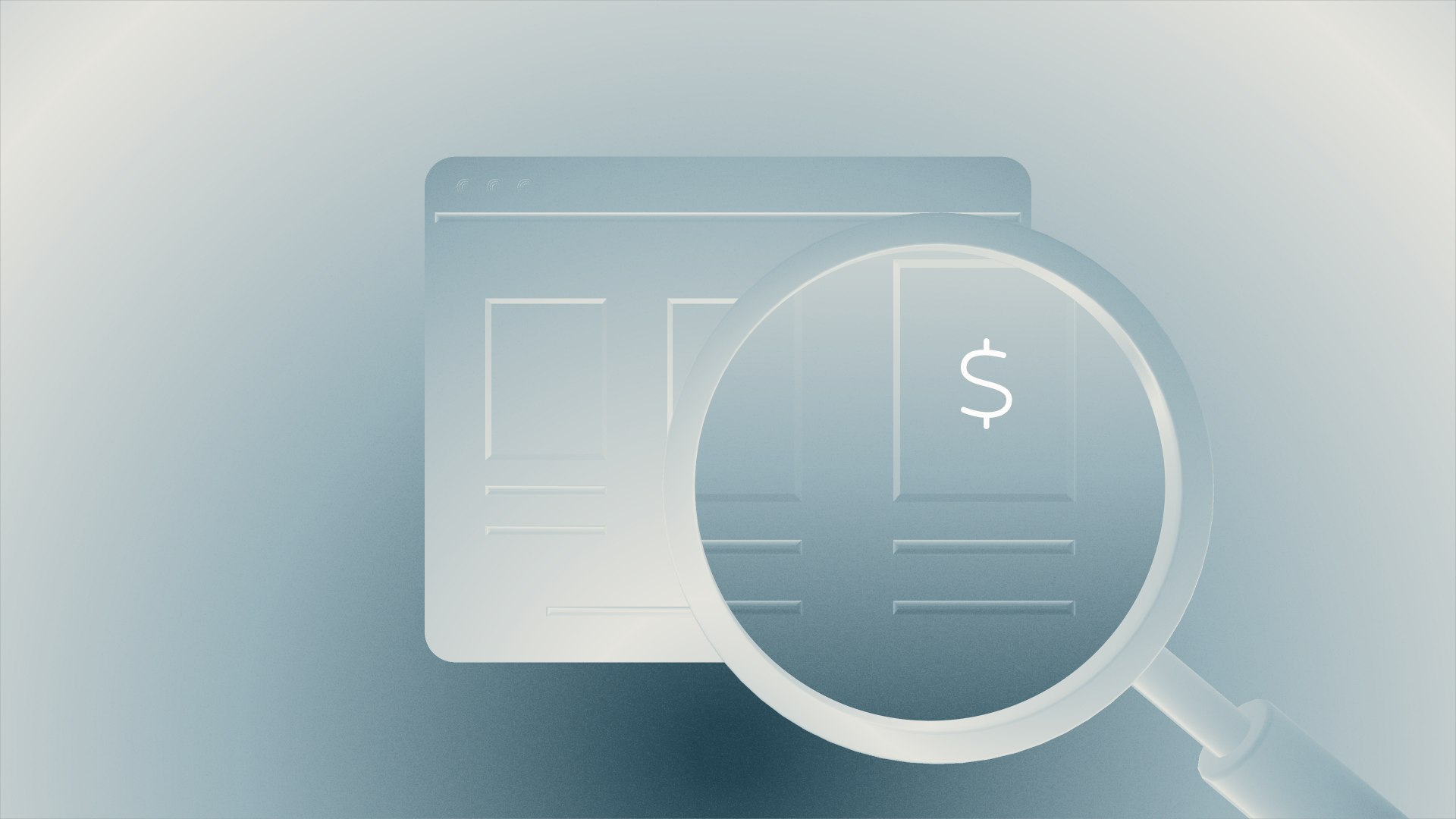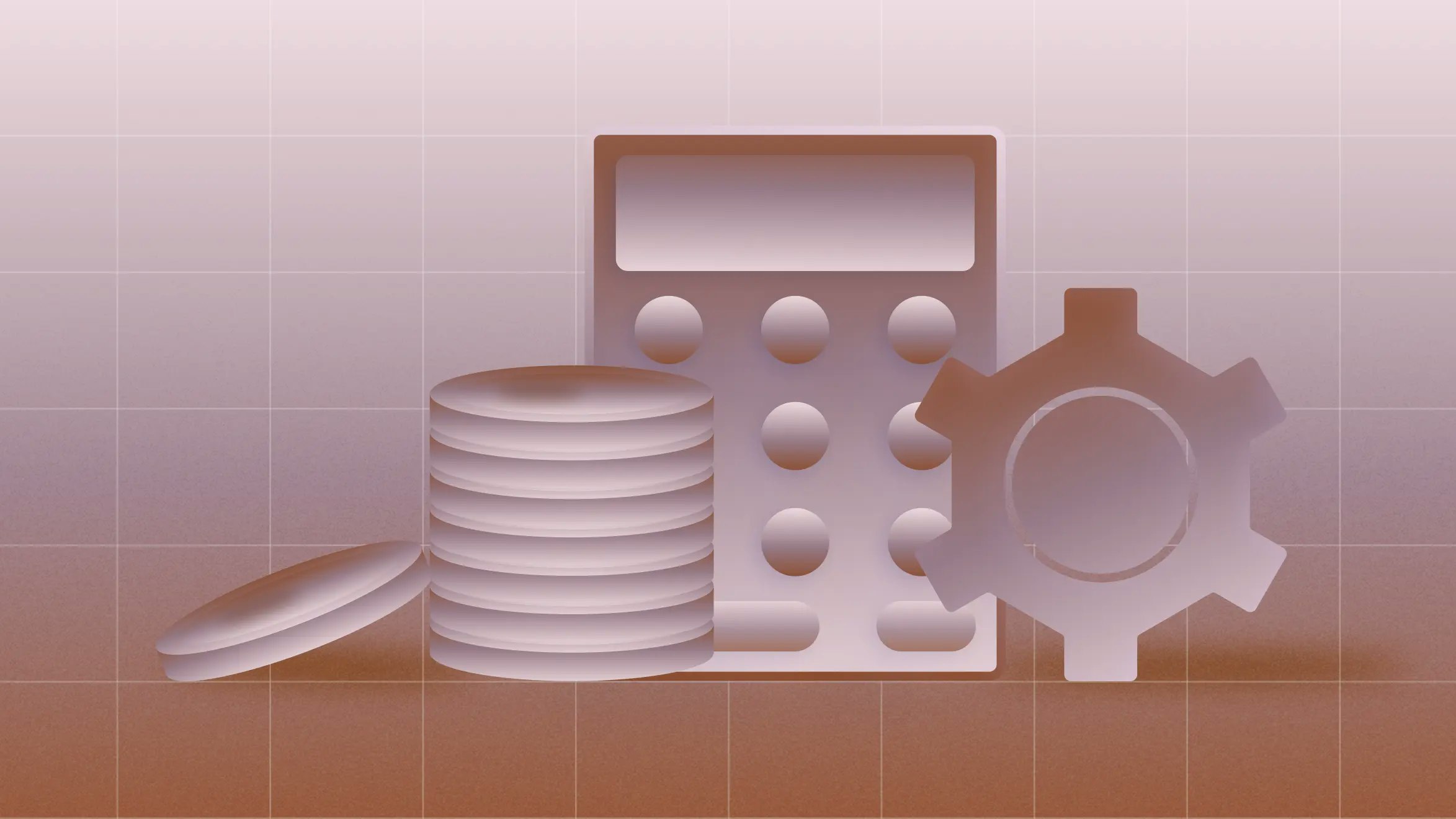How to read a cash flow statement

Understanding your company’s financial health is crucial to steer your business toward success. While you may be familiar with profit and loss statements and balance sheets, the cash flow statement is essential for understanding your startup’s liquidity and overall financial stability.
In this guide, we’ll break down the components of a cash flow statement and teach you how to read one effectively.
What is a cash flow statement?
A cash flow statement is a financial report that summarizes the inflows and outflows of cash over a specific period, typically a quarter or a year. It provides a snapshot of how well a company can generate cash to pay debts, fund operations, and invest in growth.
Unlike the P&L Statement, which measures revenue and expenses, the cash flow statement focuses on the actual movement of cash and cash equivalents. This distinction is crucial because a company can be profitable on paper but still face cash flow issues if revenue is not collected timely or expenses are paid too quickly.
For startups, cash is king. They often operate with limited cash reserves and need to manage their liquidity carefully to survive and grow. Tracking your cash flow is crucial, as it reveals:
- How much cash your business is generating
- Where that cash is coming from
- How it’s being used
What are the main components of a cash flow statement?
A cash flow statement is divided into three main sections: operating activities, investing activities, and financing activities. Here’s a closer look at each:
Operating activities
Operating activities represent the cash flows of your startup’s core business operations.
It’s often considered the most important part of the cash flow statement, reflecting the company's ability to generate cash from its primary business activities.
This section includes cash inflows from sales and outflows such as payments to suppliers, employee salaries, and other operating expenses. It also adjusts for non-cash items, such as depreciation and amortization.
For example, If your startup collects $100,000 from sales and pays $60,000 for supplies and $25,000 for salaries, the net cash flow from operating activities would be $15,000.
A positive operating cash flow may show you’re receiving more sales than you pay out in costs. A negative operating cash flow could indicate that the company is spending more on day-to-day operations than it’s bringing in from sales.
Investing activities
Investing activities include cash flows related to the purchase or sale of long-term assets, such as property, equipment, or investments in other companies. It provides insight into how your startup is investing its resources for growth and expansion.
A startup investing heavily in R&D might show negative cash flow from investing activities due to equipment purchases or software development costs. Conversely, a company selling off a subsidiary would show positive cash flow in this section.
For example, if your startup purchases $50,000 worth of new equipment and sells an old asset for $10,000, the net cash flow from investing activities would be -$40,000.
Financing activities
Financing activities encompass cash flows related to your startup’s funding, including loan repayments, equity investments, and dividend payments (if applicable). This section is particularly important for startups, as it often reflects fundraising activities and company capital structure changes.
A startup that recently closed a funding round would show positive cash flow from financing activities due to the capital injection, while a company paying down debt would show negative cash flow in this section.
How to read and interpret a cash flow statement
Now that you understand the structure let’s explore how to extract meaningful insights from a cash flow statement.
Positive cash flow
Positive cash flow, especially from operating activities, strongly indicates a company’s financial health. It suggests that the company is generating sufficient cash from its core business to cover its expenses and support its operations. Consistently positive operating cash flow provides a buffer against unexpected challenges and allows a company to invest in growth opportunities. Investors and lenders view positive cash flow as a sign of a sustainable and well-managed business.
Trends and patterns
Are operating cash flows consistently improving? Is your company relying more heavily on financing over time? These patterns can provide valuable insights into your company’s financial trajectory and potential future challenges.
For a complete picture, analyze the cash flow statement, income statement, and balance sheet. This can reveal important insights, such as:
- High profits with low operating cash flow might indicate issues with accounts receivable or aggressive revenue recognition practices.
- Large discrepancies between net income and operating cash flow could signal potential accounting red flags or significant non-cash expenses like depreciation.
- Changes in balance sheet items (like inventory or accounts payable) can help explain cash flow fluctuations.
How cash flow statements reveal business phases
Your cash flow statement can reveal important information about your startup’s current business phase. For example:
- Early-stage startups often have negative cash flow from operations as they focus on product development and customer acquisition.
- Growing startups may have positive operating cash flow but significant negative investing cash flow as they invest in expansion and new assets.
- Mature startups typically have positive cash flow from operations and a more balanced mix of investing and financing activities.
How cash flow statements affect stakeholder decision-making
Different stakeholders can use cash flow information to make important decisions:
- Founders and management can use cash flow data to make strategic decisions about resource allocation, growth investments, and expense management. They can also use cash flow forecasts to plan for future growth and financing needs.
- Investors can assess a startup’s financial health and sustainability based on its cash flow trends. They can use this information to make investment decisions and monitor the performance of their portfolio companies.
- Lenders can evaluate a startup’s ability to repay debts by analyzing its operating cash flow and reserves. They can use data to assess a startup’s lending risk and determine appropriate loan terms.
- Employees can gain insight into a startup’s financial stability and growth potential.
Cash flow statement red flags
Be on the lookout for warning signs, such as:
- Consistent negative operating cash flow: While not uncommon for early-stage startups, persistent negative operating cash flow could indicate the core business isn’t sustainable in the long run.
- Heavy reliance on financing cash flow: While also normal for startups, prolonged dependence on external funding can be risky. Having a clear path to generating positive operating cash flow is important.
- Large, unexplained fluctuations: Sudden changes in cash flow patterns warrant investigation. They could be due to one-time events, changes in business operations, or potential errors in financial reporting.
- Persistent gap between earnings and operating cash flow: If earnings consistently outpace operating cash flow, it could indicate issues with the quality of earnings or aggressive accounting practices.
- High capital expenditures without corresponding growth: Significant investing outflows should ideally lead to future growth. If this isn’t happening, it might suggest inefficient capital allocation.
Key metrics and ratios to calculate
To gain deeper insights from your cash flow statement, you can analyze key ratios, including:
Equation | Explanation | |
|---|---|---|
Free cash flow | Operating cash flow – capital expenditures | This shows how much cash is left after investing in the business. It assesses a company’s financial flexibility and ability to generate shareholder value |
Cash burn rate | (Beginning cash balance – Ending cash balance) ÷ Number of months | The rate at which your startup consumes its cash reserves. |
Cash runway | Current cash balance ÷ Burn rate | The number of months your startup can continue operating, based on its current cash reserves and burn rate |
Tips to manage your startup’s cash flow
- Forecasting and budgeting: Use your cash flow statement to calculate your cash runway – how long your current cash reserves will last, given your burn rate. This is crucial for timing fundraising efforts. Regularly updating cash flow forecasts and budgets will help you avoid cash crunches and ensure that you have enough liquidity to support your startup’s growth.
- Improving cash collection and payment terms: You can improve your cash collection process by invoicing promptly, offering incentives for early payment, and following up on overdue accounts. You can also negotiate favorable payment terms with suppliers to conserve cash and maintain a healthy cash flow.
- Controlling expenses and investments: Manage your startup’s expenses and investments, prioritizing those essential for growth and profitability. Review your spending regularly and cut back on non-essential items to preserve cash.
- Securing financing: By projecting future cash flows, you can better estimate when and how much additional funding you might need. Maintain relationships with potential investors and lenders, and be prepared to pitch your business when seeking funding.
Cash flow management can make or break a startup. Many promising businesses have failed not because they weren’t profitable on paper, but because they ran out of cash. Regularly reviewing and understanding your cash flow statement can avoid this pitfall and ensure your startup has the liquidity it needs to thrive.
Remember, the cash flow statement is just one piece of the financial puzzle. To fully understand your startup’s financial position, always analyze it in conjunction with other financial statements and key performance indicators.
Remember, in the world of startups, cash is king — and understanding your cash flow is the key to the kingdom.



